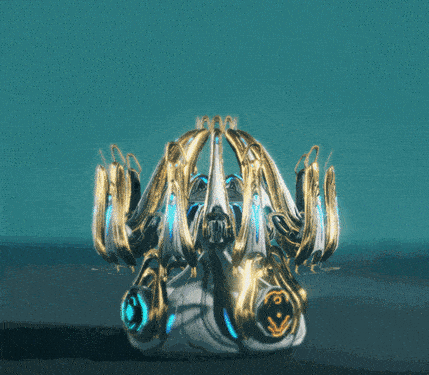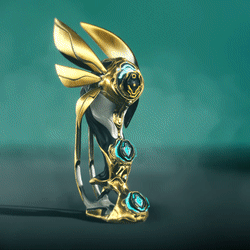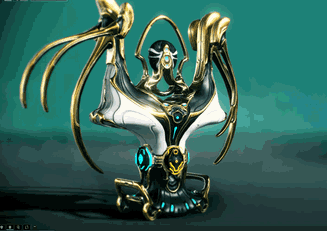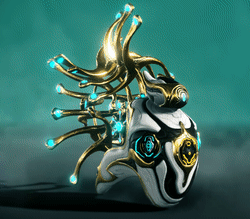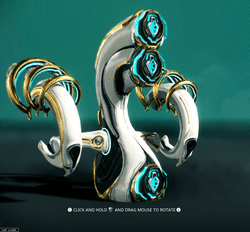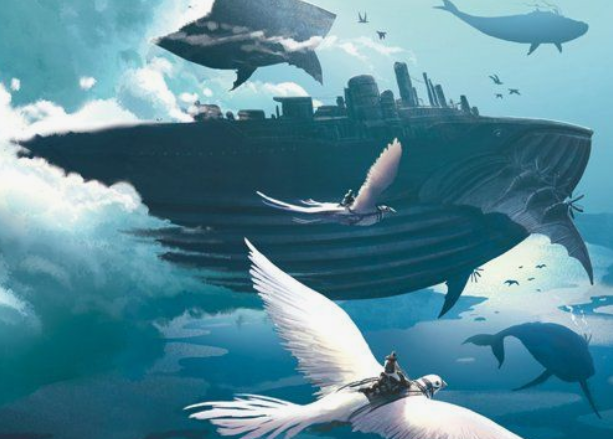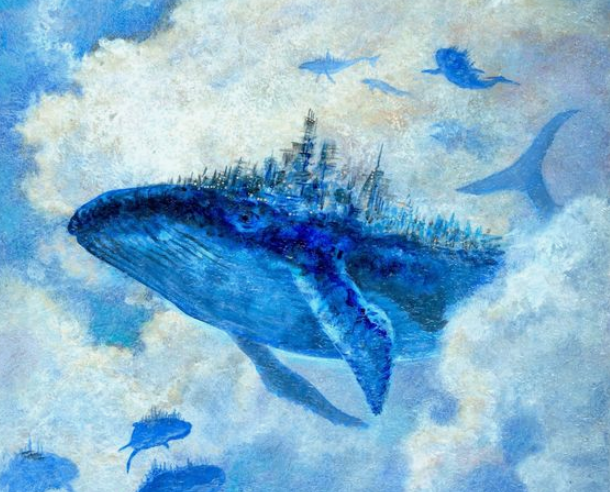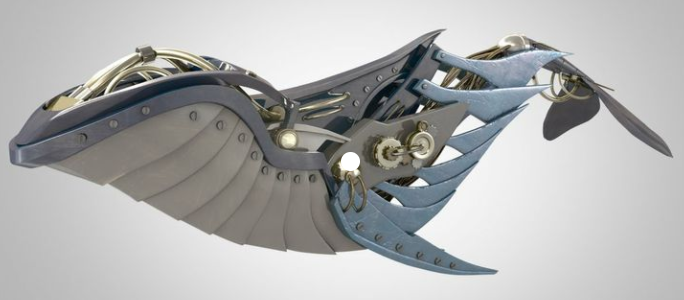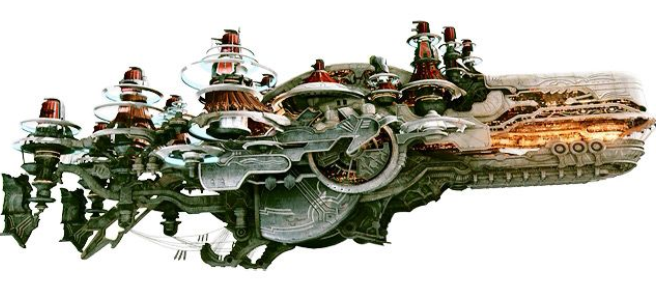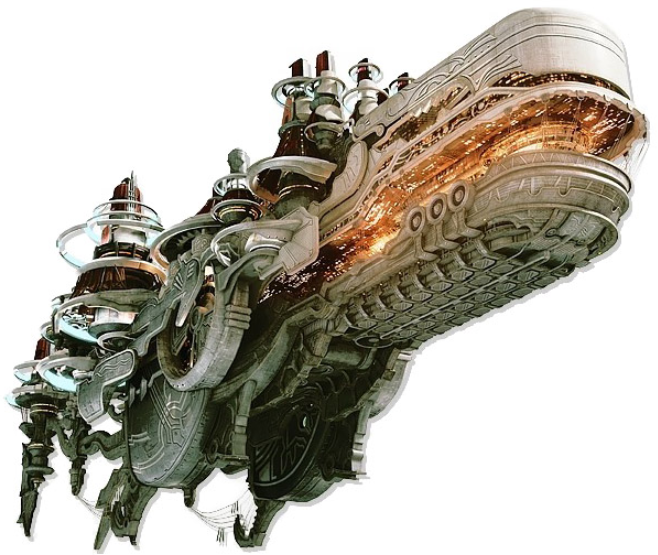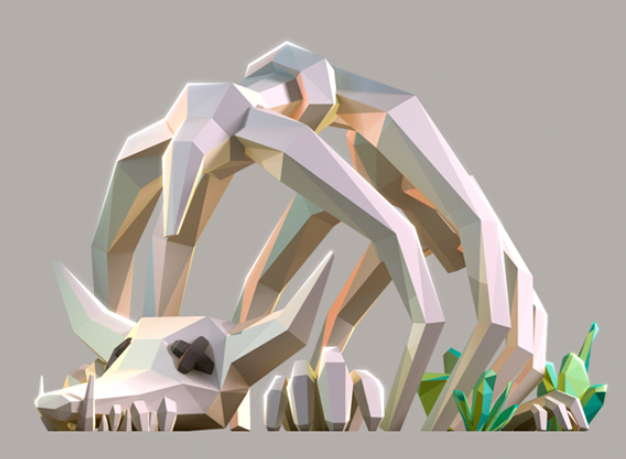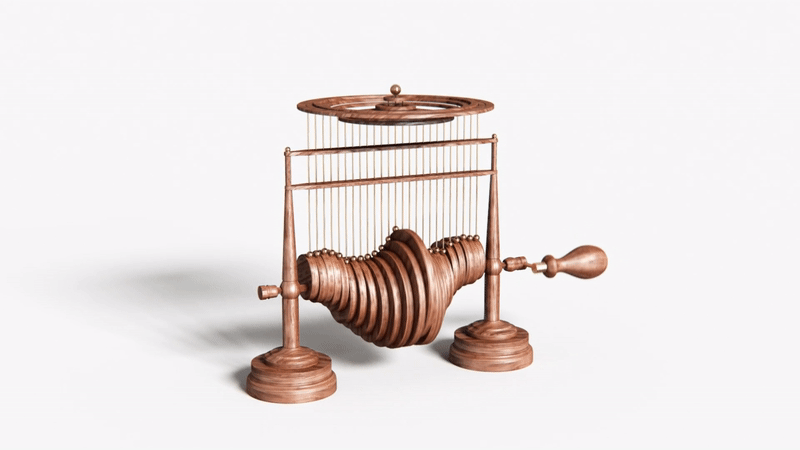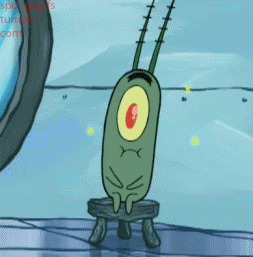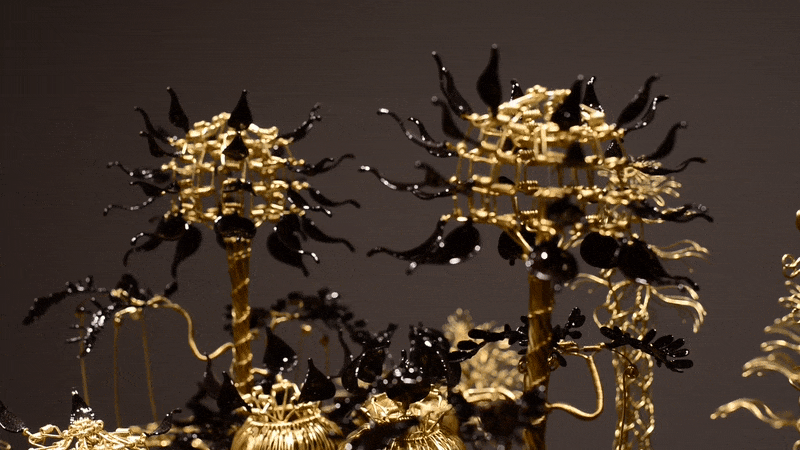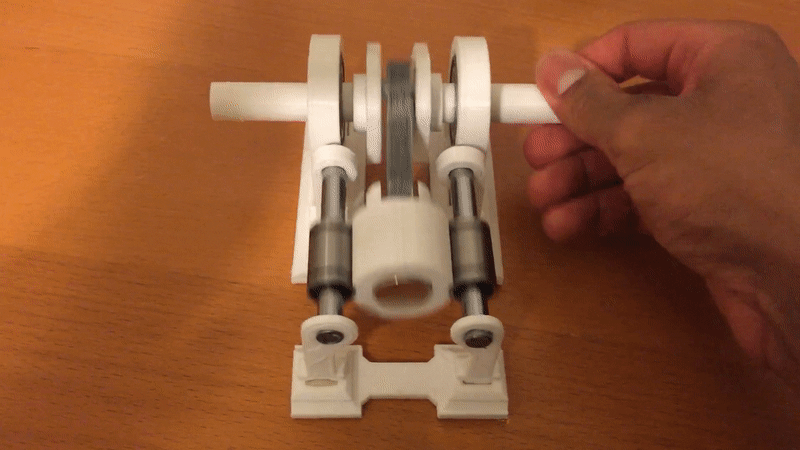My current Idea
Brief concept:
It is a interactive and exploratory kinetic sculpture of a marine life form/ landscape.
Why am I doing this project?
To challenge myself and showcase my skill sets, as this is probably the last project in a school setting.
Mood board for movement and styling? (what I am considering at the moment) :
Looks futuristic yet organic at the same time
Some requirements of my own:
- Has to be a plug and play installation
- Use only one power plug
- Intricate
- Able to change easily when damaged
Ideation by questioning myself (FAQs)
Why anthropecene?
Anthropecene is something I have never touched before and never imagined how it would look like. Similar to people who does not know this term, I want to induce the concept of Anthropecene ( by causes, effects maybe?) to give the audience a visual and immediate consequence of our actions.
How is the message conveyed? (I am thinking of a whale for now, but it could be other marine life)
From my research, number of whales have been declining constantly in the past 50 years mainly due to transporting, whaling and pollution. It is possible that with another 40-70 years (due to mainly pollution rather than whale hunting), there may only be a countable number of whales left? Or even none!?
This concept is an exploration based on the possibility of extinction of all whales in 2080. And if that day ever comes, how would people even see whales? How would people then know about the existence of this magnificent being if it is already extinct? Will they build a sculpture from future technology and materials to mimic the whales today? Will they put these sculptures in museums to teach people of that time about how whales look like and how it moved? Will it show the history of human impact beside this sculpture? It is a mockery? Will it just be a exhibit that everybody looks but nobody comments?
These are all the questions that I hope to explore. (maybe more questions along the way, I am not sure)
One problem I face is to create a sense of time in the project by styling and the title of the work. As titles are often the essence of a project, setting the time by using it in title really helps to put the audience into context. One way to do so is by using titles such as ‘Whale of 2080’ or ‘Whales, 2075’. But could there be a more effective way?
Why a marine life/ocean theme?
Personally, I feel that oceans makes up more than 70% of earth, thus, health of the oceans will decide life and death of creatures on land. According to Professor Ove Hoegh-Guldberg, lead author of the report and Director of The University of Queensland’s Global Change Institute, he says that the Earth’s ocean, which produces half of the oxygen we breathe and absorbs 30% of human-generated CO2, is equivalent to its heart and lungs. “Quite plainly, the Earth cannot do without its ocean.
Why mechanised? Could there be another way?
I have considered other ways to move the sculpture. One way is to suspend the sculpture just like a puppet, symbolising the humans (puppeteer, as the interaction will most probably be an action done by an audience) controlling the environment (puppet). I may have other ways to make the sculpture move, but I haven’t thought of it yet (and it is too literal). So why I want mechanised sculpture?
Mechanised parts are often associated with industrial or manufacturing which is the actions of humans, the ability to harvest and refine resources. It is also embodies the spirit of industrialisation where machines as a cost effective solutions to tedious work. Mechanising may help my work to be viewed as a cause by humans rather than a cause by nature (although, yes, this is an organic themed project).
Possible mechanism for movement:
Why a whale? Could it be another marine animal?
Impact of whale on the oceans. According to: phys.org
“The decline in great whale numbers, estimated to be at least 66% and perhaps as high as 90%, has likely altered the structure and function of the oceans,”
But why is this so?
Research from various sources:
- Whale poop and carbon dioxide – Even whale poop plays a large role in the environment by helping to offset carbon in the atmosphere. Studies have shown that the nutrients in sperm whale poop helps stimulate the growth of phytoplankton which pull carbon from the atmosphere to provide a cleaner and healthier breathing environment for all animals. Estimates state that as much as 400,000 tonnes of carbon dioxide are extracted from the air due to these whales each year!
- In death – Whale carcasses store a remarkable amount of carbon in the deep sea and provide habitat and food for an amazing assortment of creatures that only live on these carcasses. “Dozens, possibly hundreds, of species depend on these whale falls in the deep sea,”. Whale carcasses support 350+ species and can be havens of deep sea biodiversity (Jones et al. 1998, Smith 2006). (Washed up whales does not contribute to the ecosystem)
- Food Chain – If Whales were to go extinct, it would allow Krill to over populate which could possibly eliminate the Phytoplankton population. Phytoplankton are important to the environment because they pull carbon from the atmosphere to provide a clean and healthy breathing environment for all aquatic animals. If they are removed because of the over populated Krill species, it could devastate the ocean because they wouldn’t be able to help clean the ecosystem.
- Economic Gains – Whale watching and various other speculating activities have brought in billions of dollars helping stimulate economic growth in various cities, states and countries.
Impact of humans on whales
- Habitat Degradation: Noise Pollution – The blue whale is reliant on hearing and projecting sonar calls in order to communicate with other individuals and to navigate through the large expanse of the ocean. There is growing evidence that man-made noise from sources such as high-tech sonar from ships, seismic surveys, and low frequency radio transmissions have a negative impact on the communication and behavioural patterns of blue whales. It is believed that millions of years of evolution of the hearing of blue whales is being undone in a relatively short period of time. Currently, many blue whales have can hear up to 160 kilometres. In contrast to their once acoustic range of 1600 kilometres, this is an alarming change. Scientists at the University of Zurich found that blue whales change their calling behaviour when exposed to the noise of seismic exploration. Their calls carried on for longer and were more frequently than usual. Noise pollution is an alarming detriment to the hearing abilities of the blue whale. Furthermore noise pollution adversely affects the blue whale communication patters, consequently confusing their mating behaviours.
- Oceanographic Change: Prey Depletion -The blue whale diet consists primarily of krill, a shrimp-like creature, which thrives in icy waters. Due to anthropogenic climate change, ocean waters have experienced rising sea surface temperatures. Consequently this adversely affects the productivity of the ocean ecosystems, specifically to krill which are sensitive to environmental change. Warmer waters result in significant declines in krill populations. Without an abundance of krill to consume, many marine organisms including the blue whale are forced to change their migratory and distribution patterns in search of sufficient sources of food. In addition to being difficult to sustain without sources of food, changes in distribution affect the reproductive patterns of the blue whale complicating the replenishment of population levels.
- Habitat Degradation: Physical Injury – With increased human activity in the oceans, whales that approach the surface of the water to feed or for other purposes are vulnerable to physical injury by ship strikes or entanglement in man made objects. Disquieting discoveries of multiple blue whale carcasses found washed up near shores are reportedly becoming common where there is a concentrated amount of ship traffic. In Sri Lanka, six dead blue whales have already been uncovered this year, while some twenty other whale carcasses (including other species) had been discovered last year. Blue whales killed by ship strikes are usually found with severe and massive injuries, often wrapped around the bow of a container ship. Unfortunately marine ecosystems ideal for the survival of blue whales often overlap with areas used as routes for ships – Sri Lanka, a prime example, has one of the world’s busiest shipping lanes. The rising threat of ship strikes is another complication, which impedes the recovery of the blue whale.
Why a seascape? Is it possible with surface of the sea?
It is definitely more interesting than what is on the surface.
How I want it to feel like:
It will not have the same look and styling, but I want to give people a sense of variety to embody the abundance of different species living in the bottom of the sea. Currently I feel that although this idea may look nice and intricate, it is not yet a strong concept.
What kind of interactions could be possible?
Triggered by sounds?
Triggered by presence?
Could it be a funeral for the whale? And once triggered, the whale becomes a skeleton? I have to explore more conceptually.
Should it have continuity and why?
I think once the sculpture is triggered, there should be a soothing and looping motion as humans (in general) are used to the motion of continuity.
Possible materials I may be using and why?
Laser cut aluminium – Light enough for the whole sculpture to stay light. Aluminium can also have very intricate patterns on it which could create a sense of volume when the designs are done correctly. The example below is a project by one of my favourite artist U-Ram Choe.
Printed PLA – 3D-Printed parts are relatively easy to model and the parts could act as the joints of the model which could also serve addition of colour to the whole model. Printed PLA could also create parts that are complex and difficult to achieve as compared to other materials. The example below is a fully 3D printed model. As we know that the traditional engines uses fuel to turn the gears (fuel to turn the gears), for my project, I am reversing the function of an engine (Using a motor to power an engine).

Stainless steel (Welding/CNC) – These materials are strong enough to build a 2-3 meter sculpture without bending. This will be the mainframe of the sculpture and the rotational axis for the triggered movements.
How is it presented to the audience? Suspended? On the ground? In a tank? Is it an ‘artwork’ installation or an exploratory installation?
I hope that this project can be a exploratory installation in such a way that viewers can examine the sculpture up close (be it under, above or inside the sculpture). Visitors will be able to see the mechanisms and the wires. I was thinking maybe the sculpture is either suspended or on the ground because it is the most viable setting compared to putting the sculpture in a tank.
How long do you want your audience to spend on your art work?
I hope to capture the audience’s attention for 30 seconds to 2 minutes.
Artist influence:
U-Ram Choe, inspired by the grandeur of the physical realm, from celestial bodies to earthly organism
Reuben Heyday Margolin, an American-born artist and sculptor known for his mechanically driven kinetic sculptures of wave-forms.
Bob Potts, a connoisseur of form, movement, and visual grace
Casey Curran, a kinetic sculptor from Seattle Washington
José Manuel Hermo Barreiro, Spanish Mechanic, The Man Behind the Smallest V-12 Engine in the World.
What I don’t want it to look like!
References:
http://warframe.wikia.com/wiki/Ayatan_Sculpture
https://www.sciencedaily.com/releases/2010/06/100618103558.htm
http://wwf.panda.org/about_our_earth/blue_planet/problems/climate_change/
https://iwc.int/status
http://www.takepart.com/article/2015/03/26/worlds-most-endangered-whales/
https://phys.org/news/2014-07-whales-ecosystem.html
https://news.nationalgeographic.com/news/2014/07/140710-whales-ecosystem-engineers-fish-conservation-science/
http://uk.whales.org/blog/2016/10/why-whale-poo-matters-and-why-whales-are-important-for-healthy-planet
http://www.marinemammals.gov.au/__data/assets/pdf_file/0004/117706/SORP_Ballance2012.pdf
Video Reference:

